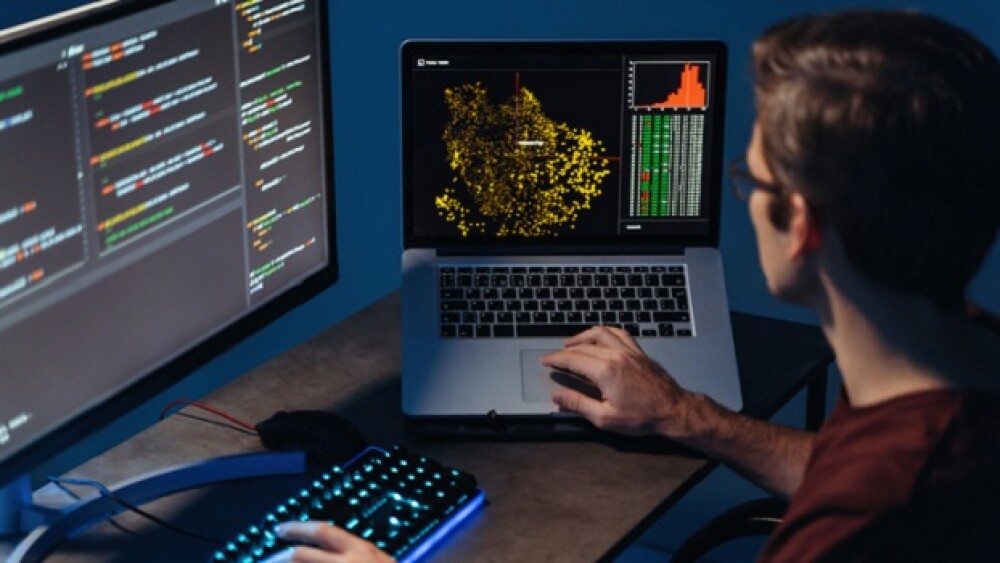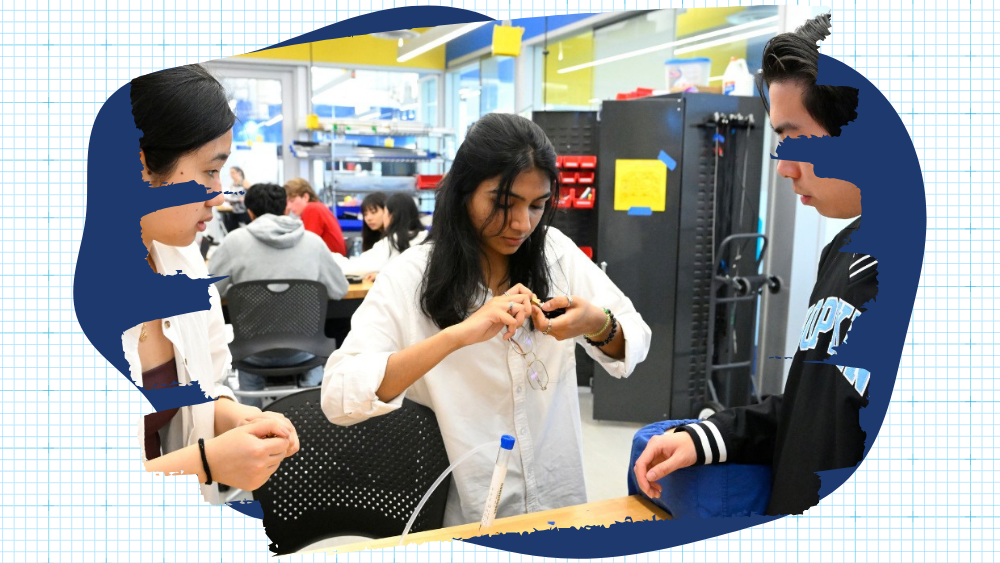BioSpace spoke with two professionals who have made the switch from tech roles to biotech to find out the benefits, challenges and tips for a smooth transition.
Pictured: Professional working on two computers/Arsenii Palivoda/iStock
More than 168,000 employees in the tech industry have been laid off since the start of 2023, and many are likely considering transitioning their skills to the life sciences.
As biopharma companies increasingly embrace artificial intelligence (AI) and machine learning (ML), they are actively recruiting for talent to fill those tech-focused roles. Though economic conditions have caused companies to slow their hiring efforts, since Jan. 1, the number of tech-specific job openings on BioSpace’s job board has dropped at a much slower rate than jobs in other fields.
Leah McGuire, tech lead for automation and analytics at Benchling, a cloud-based platform for biotech R&D, told BioSpace she has seen the shift in demand for tech professionals in biopharma firsthand.
McGuire began her career wanting to become a data scientist for a biotech company. However, she soon found her options were limited, as she didn’t have the highly-specialized qualifications biotechs were looking for. Instead, she took a job as a data scientist at LinkedIn.
“Organizations wanted a skillset that was really specific and specialized,” McGuire said in an email. For example, she said, it was common for companies to look for candidates with PhDs in specific areas, like drug discovery. “It was more appealing to work in tech, where I didn’t need to immediately go down a highly specialized route,” she added.
McGuire found her way back to the life sciences and began her role at Benchling in 2021. After she returned to the industry, it seemed companies were much more interested in candidates with broader backgrounds than they were when she started her career in 2012, she said.
“I think this is really beneficial to the industry . . . ” she said. “By bringing in people with diverse technical backgrounds, you can arrive at more comprehensive solutions by cross-pollinating ideas.”
Moving Into Biotech
There is ample opportunity for tech talent in biopharma. The transition can be challenging, however, especially for people who have never worked in a scientific setting.
One of these challenges, McGuire said, is a lack of resources. Because tech professionals make up just one small part of a biopharma company, they sometimes don’t have the same tools or software systems to help streamline their work that are common in large tech companies.
“It may be hard to believe, but many biotech researchers still rely on paper, email, spreadsheets and consumer collaboration tools due to the complexity of their work,” McGuire said. “There are very few tools that are purpose-built for them.”
Some larger companies have invested in building custom software to solve this problem. Others have to rely on what she called “legacy software,” which was built for a much different era of both technology and scientific innovation.
Natasha Seelam, a senior deep learning engineer at Sherlock Biosciences, also left her job at a tech company in favor of her current role. She told BioSpace that one of the toughest aspects of working in biotech is the difference in the data sets.
In biotech, data are more scarce. For example, she said, if a tech company works primarily with language models, the algorithm can scour the internet for any and all data related to language. Collecting data in the life sciences is more difficult, as all data has to come from experiments and trials, which are often expensive and time-consuming.
The unforgiving nature of clinical trials is another large difference Seelam said she noticed between tech and biotech. In tech, one can afford to make mistakes more so than in the life sciences, she said.
“When an experiment doesn’t work, that’s potentially hundreds to thousands of dollars gone for a single failure,” she said. “So you need to be very smart about how you leverage your work.”
Once a trial or experiment is over and the data are collected, Seelam said it can still be challenging to work with due to scientists’ own biases.
“There’s an inherent bias in that data because people don’t want to fail; they want to ensure that some part of those experiments is successful.”
Lessons Learned
Despite these challenges, Seelam said she doesn’t regret her transition into biotech. Still, there are certain lessons she wishes she had learned sooner.
One of those is how to accept rejection.
“You see all these people with these blistering records and they’re so incredible, and you wonder, ‘Will I ever get there?’” she said. “It’s common to face rejection after rejection…but what no one tells you is how many times the successful folks fail.”
McGuire advised newcomers in the industry to take the time to understand the problems and tasks at hand.
“Until you have a nuanced understanding of the problems you’re trying to solve, it’s hard to determine whether you’re reaching misleading conclusions,” she said. “My advice is to be really interested and invested in the scientific problem.”
For people who want to take the leap, there’s no time like the present, she said.
“Biotech is going through a data explosion due to next-generation instruments, robotic automation and new scientific techniques,” McGuire said. “We’ve barely scratched the surface in terms of AI and ML applications in biotech.”





